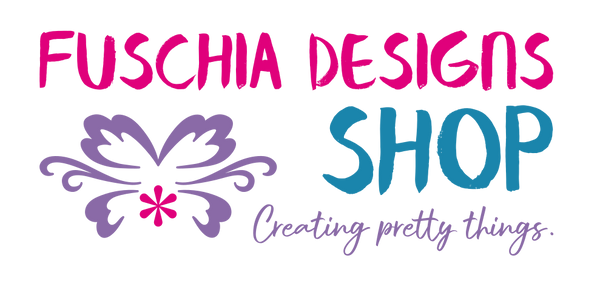
Creating a Pollinator Paradise: Attracting Pollinators into Your Canadian Garden
Share
Pollinators play a vital role in our ecosystem by facilitating the reproduction of flowering plants, including fruits, vegetables, and wildflowers. In Canada, these fascinating creatures, including bees, butterflies, moths, and birds, contribute to the country's rich biodiversity. However, many pollinator species are facing population declines due to habitat loss, pesticide use, and climate change. As gardeners, we have a unique opportunity to create a haven for pollinators in our own yards. In this blog post, we will explore some practical and effective ways to attract pollinators into your garden in Canada.

Image Taken by Jennifer Hendel
Delpiniums
1. Choose Native Plants:
Native plants have coevolved with local pollinators, making them an excellent choice for attracting a diverse range of species. Research which native plants are suitable for your region in Canada and incorporate them into your garden. Consider including a variety of flowering plants that bloom at different times throughout the year to provide a consistent source of nectar and pollen.
2. Opt for a Variety of Colors and Shapes:
Different pollinators are attracted to specific colors and shapes. Plant a mix of flowers with varying shapes, such as tubular, flat, or clustered, to accommodate a wide range of pollinators. Colors like purple, blue, and yellow tend to be especially appealing to bees and butterflies. Including plants with different heights and textures will provide additional foraging opportunities and shelter for pollinators.
3. Create a Water Source:
Pollinators need water not only for hydration but also for important activities like dissolving and drinking nectar. Set up a shallow birdbath, a small pond, or even a container with pebbles and water to create a water source. Adding rocks or floating objects will allow pollinators to safely land and access the water.
4. Provide Shelter and Nesting Sites:
Pollinators require safe spaces for nesting, hibernation, and shelter from predators and extreme weather conditions. Consider leaving some areas of bare ground, fallen leaves, or decaying wood as natural nesting sites. Install bee hotels or create brush piles to provide habitat for solitary bees and other beneficial insects.

Image taken by Jennifer Hendel
Hollyhocks at the farm
5. Minimize Pesticide Use:
Pesticides, including insecticides and herbicides, can be harmful to pollinators. Instead of relying on chemical control, implement integrated pest management techniques to manage pests in your garden. Encourage natural predators like ladybugs and lacewings, and use organic and biological pest control methods. By minimizing pesticide use, you will create a healthier environment for pollinators and other beneficial insects.
6. Practice Sustainable Gardening:
Adopt sustainable gardening practices that benefit pollinators and the environment. Use organic fertilizers, compost, and mulch to nourish your plants naturally. Reduce water consumption by employing efficient irrigation methods like drip systems and rainwater harvesting. By embracing sustainable practices, you'll create a garden that supports the overall well-being of pollinators and the ecosystem.
7. Be Mindful of Seasonal Maintenance:
Avoid excessive tidiness in your garden during the winter and early spring months. Delay pruning of flowering shrubs and perennials until later in the season to provide overwintering sites and early-season food sources for emerging pollinators. Allow some seed heads and plants to stand throughout the winter, providing food for birds and shelter for pollinators.

Image taken by Jennifer Hendel
Bees love the Zinnias in the garden!
Creating a pollinator-friendly garden in Canada not only benefits the incredible creatures that contribute to our natural ecosystems but also enhances the beauty and productivity of your outdoor space. By incorporating native plants, providing a variety of food sources, water, and shelter, and practicing sustainable gardening, you can attract and support a diverse array of pollinators. Your garden will buzz with life, bringing you joy and satisfaction as you play an essential role in conserving these vital species for future generations.
